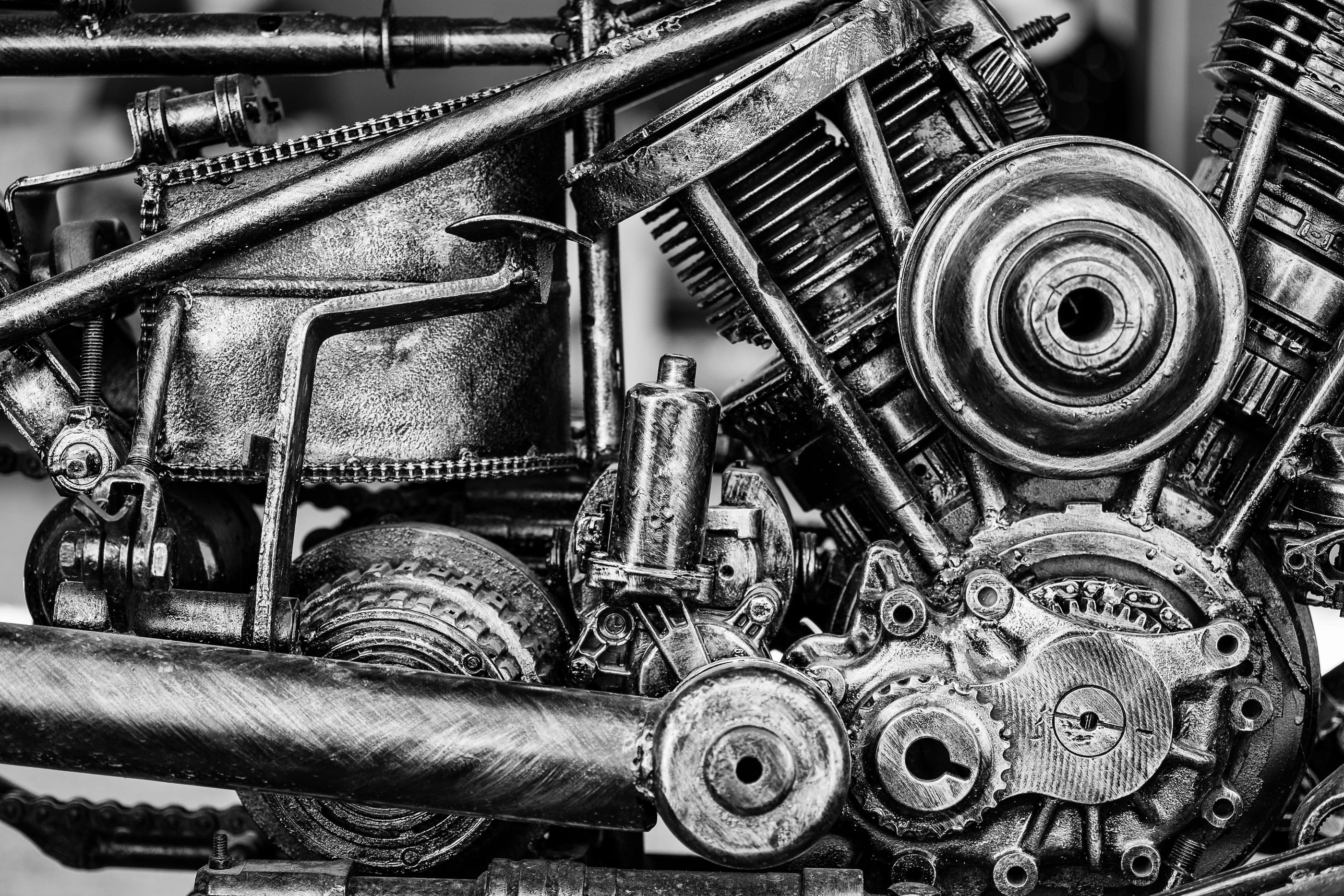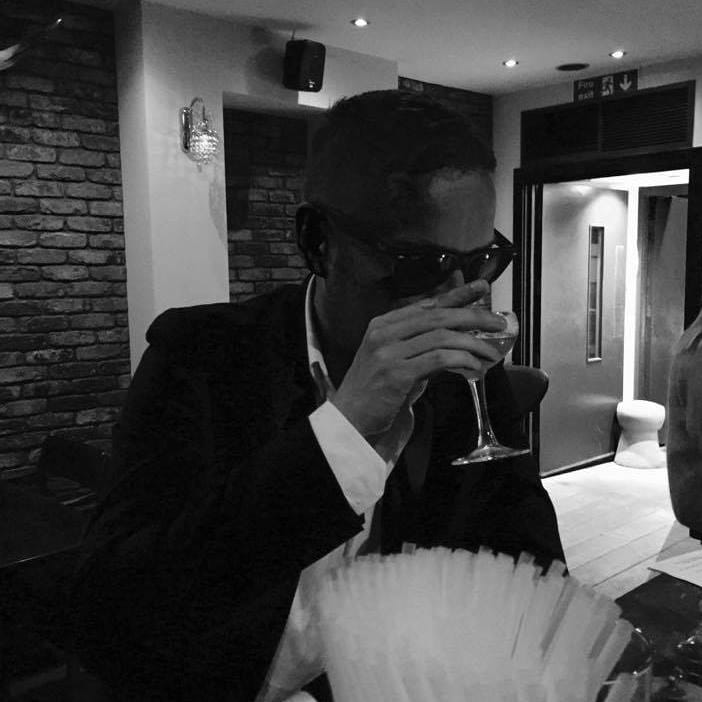Anemoia with a growling engine and one hot rider.
The Bikeriders, the new film from Jeff Nichols throbs with energy and aches with nostalgia for a mystical and mythical period of American history. Adapted from The Bikeriders, a photo journal by Danny Lyon who spent 8 years in the 60s documenting Chicago-based biker gang The Outlaws (renamed as The Vandals for the film), Nichols takes the indelible images from the book, coupled with monologues of interviews with key players of the scene and paints a sprawling, epic and loosely plotted sweep of the tragic, romantic ‘death’ of the original biker clubs and the rise of the gangs. It’s loud, it’s pulsating, it sticky and furious. It’s a film more interested in myth and atmosphere than plot or narrative.
Anchored by three outstanding performances from Austin Butler as the hot young firebrand Benny, a dangerous biker and an outsider even in his own club, Tom Hardy as Johnny, the Brando-aping President of the club who can give the audience an ‘uh-oh’ reaction with the mere twinge of an eyelid and the sensational Jodie Comer who is the heart and thrust of the film as Cathy – Benny’s put upon wife, and the audience’s guide through this world. In the film, Cathy is interviewed by Danny Lyon, played with ease by Mike Faist and its Cathy’s propulsive and magnetic monologues that provide the voice over of the film. Through Cathy we get an introduction to the world, the players, the fights, the rules, the hierarchies the glories and the tragedies. Like Lorraine Bracco’s voiceover in Goodfellas, Comer sells the audience on the allure of the lifestyle, but also the disgust at their behaviour. All performed with a machine-gun pace and a stunningly natural sense of bewilderment and fascination.
Nichols direction is as assured as ever, with the opening 25 minutes utterly electrifying cinema. However, it is in the adoration and yearning desire for detail, atmosphere and feeling that emotional resonance and truth are somewhat sidelined. The voiceover tells us, relentlessly what happened, who people were and what certain actions meant to certain people, but we’re never really shown it. We never really feel the connections and the meaning behind the actions. We are told that the new, young recruits to the club are dangerous and wild, and a few actions confirm this… but they are actions that do not seem so different from those of the established members of the club. It doesn’t seem so shocking, or new to us. It seems like business as usual. But this is intended to be the crux of the film – the passage of time. The new generation taking over, staking their claim and the older ones swept aside, angered, bewildered and lamenting the good old days. The young eat the old. This feels a little under-revved.
Scenes and vignettes come and go, stung together by the voiceover with few constructed and staged sequences. This is only a problem if one is expecting a straightforward ‘story’ about bikers, their club some challenges and a resolution. These elements are there, but they are not of primary concern. Nichol’s is a film that is creating an American Myth. You can feel it in every frame, you can hear it with every turn of the throttle – you can practically smell it in every sweat-drench drinking hole, and oil-stained jacket.
Nichols is also concerned with movie-stars. Perhaps a meta-comment on how modern cinema seems more interested in IP than old-school glamour. Nichols mythologises the movie-star as a near-forgotten icon of the past. This is none more evident than at the very start when Cathy, nervous at being thrown into a rowdy, disgusting bar to meet a friend and relentlessly hit-on by drunk bikers finally claps eyes on Benny at the pool table. Butler, mimicking a photo from the book, is brought to life in such a beautiful, sexy and alluring way that time slows for Cathy, eyes wide with flushings of (first-time?) lust. She gasps. In the screening, the audience audibly gasp too. Butler is from another planet. Another time. A mythical movie star that has no place in modern cinema. If Nichols rolled credits after this initial meet-cute with Cathy and Benny, his mission to capture a lost time of romantic, dangerous rebellion would be utterly complete.
The mythologising is also clear and present in Director of Photography Adam’s Stone’s palette. Scenes of muddy bike-tracks, and picnics in ochre cornfields in early-autumn bring to mind the tone, texture and longing of painter Andrew Wyeth’s incredible work, such as Christina’s World, Winter 1946 or Wind from the Sea. Stone’s camera, in love with the past as much as it is with moviestars faces paints the world with true, unflinching realism.
The sum of The Bikeriders parts is far greater than then the slight bumps in the road on its journey. It makes us fall into the dreamy yet dangerous way of thinking – “look at them back then, weren’t they free, weren’t they so wild?” and we forget that they actually lived and it was hard. They lived around the edges of their own myth. They lived beyond scenes, vignettes and captured moments of celluloid. Real people. They were lost, confused, developmentally arrested. They were bad fathers, poor husbands, confused friends, boys with toys. We don’t think of that. That’s not what this journey is about. We want to rebel. We want to think it is still inside us. We yearn to believe that out there, just over the hill or around the bend is a better place, a free place and that what is behind is forever gone. It’s desirous. It’s gasoline. It's mythical and the anemoia is utterly real.
This review is fully independent and the view expressed here is our own. Other views are available from other writers in other publications. x


